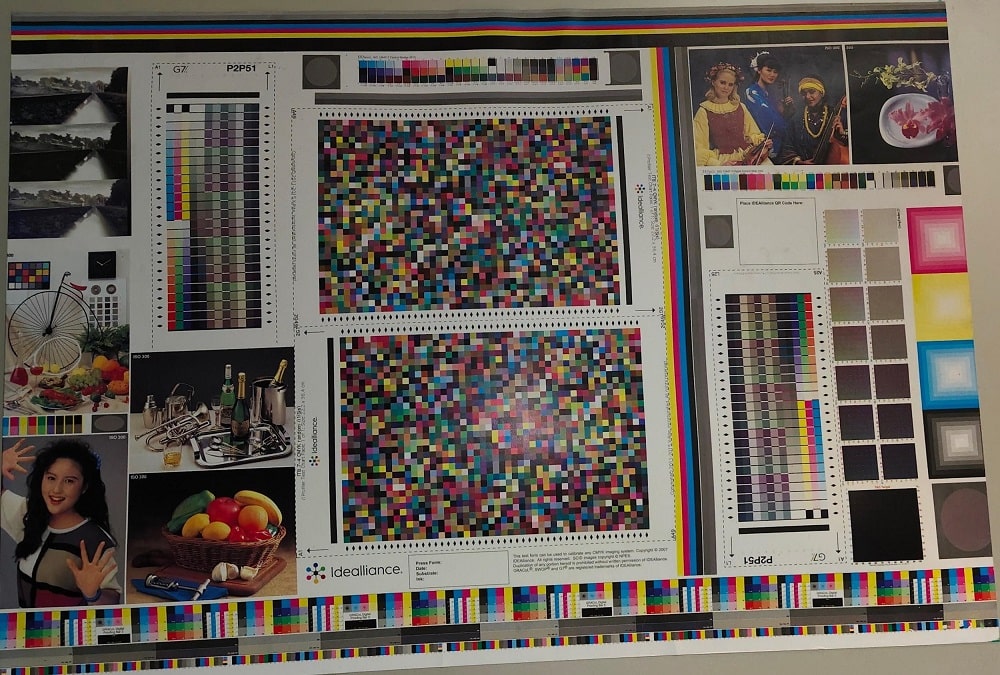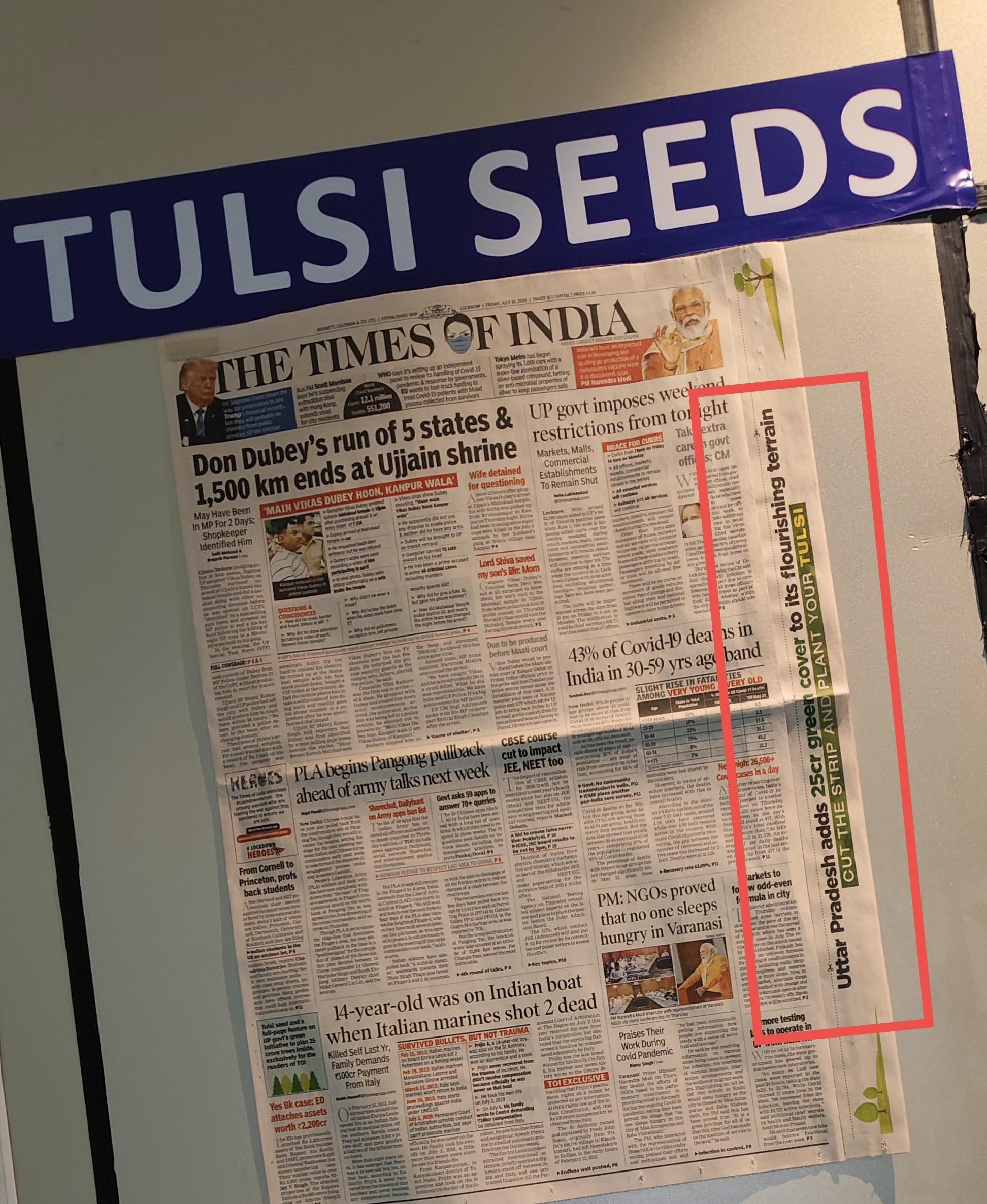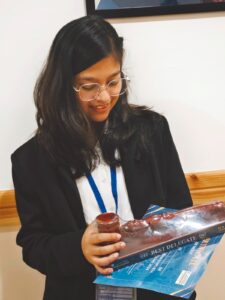
We began this beautiful expedition with the aim of not only learning more about of print technology works and impacts us in different aspects but also to become a more aware citizen. It all started by diving into the deep ocean of HISTORY of THE TIMES OF INDIA and how this brand established itself.
HISTORY :
THE TIMES OF INDIA was established in the year 1838, with the name of “THE BOMBAY TIMES IN GENERAL COMMERCE”. It was renamed in the year 1860 , and finally in the year 1861, it adopted its iconic name – “ THE TIMES OF INDIA” . It now has 14 inhouse presses and 26 other associated ones. For the editorials it has 15 major centres and 20 sub-centres. And today it flourishes as a brand of trust and credibility across Pan India.

Today, 50 Lakhs of paper are printed on a daily basis, with a consumption of 500 metric tons of ink and 1 Lakh per unit consumption of power .
Amazed by the numbers there is more to it . We then sat on the roller coster ride which took us on the heights of costing to production of the final newspaper that we read every morning making us aware about all the affairs of national and international interests .
COSTING
The major areas of costing involve includes :
- > Cost of ink
- > Cost of page
- > The plate
- > The infrastructure.
On an average 300 rolls of paper weighing from 400kg-700kg is used every month to get our favourite newspapers.
The brand earns its profit majorly by the ‘ADVERTISEMENT’ , they either take the payments directly in cash or sometime they buy the shares in of the company , for their promotion and branding , they also contact the emerging startups and help them to build their brand . Today the company runs at a profit of roughly around 20-25 % annually.
The page is not only what we see, it has various elements to it . A newspaper page is generally carved out three elements that are :
- > TEXTS
- > IMAGES
- > ADVERTISEMENTS .
NEWS PROCESSING
Now comes the most fun part hoe actually this production occurs at the ground level , well it has 5 stages to it which include :
- > CONTENT GATHERING
- > CONTENT ASSEMBLY
- > PAGE PROCESSING
- > PRINTING
- > DELIVERY
The content is very well gathered through reliable sources such by local reporters of Times network , advertisements are gathered , then moving to assembly they use two types of software- “EDITORIAL SOFTWARE” and “ AD SOFTWARE”. Then the page is processed in the way it’s deemed to be , its at first place is uploaded on the web portal – of TOI and then published as a e-paper, till this stage everything is in softcopy now then page is printed in the humongous printing press and the its ready to be delivered to its final destination.

We all know what’S RGB , but we don’t know what’s “CMYK”. CMYK is the colour coding used by the printing press wherein ‘C’ stands for ceyon , ‘M’ for magenta , ‘Y’ for yellow and ‘K’ for black.
These colours are first all separated and then and are later superimposed on each other to produce those beautiful images we see.

Ever wondered why LUCKNOW TIMESlooks different to that of TIMES OF INDIA to that of ECONOMICS TIME even when they all are printed at the same place it’s because of the different types of paper rolls the use there are three of them — “GNP” — “SNP” — “PINK”.
All of them have their own speciality .
SUSTANABILITY
And that’s how the entire printing process is done .
But nothing can and should not end without talking about our mother nature, the press also considered sustainability a major task to be addressed. They talked about recycling of paper and how through afforestation they try to reduce the damage of wood cutting for paper pulp. They even started an innovative method to encourage their readers to plant more trees by giving the deeds of plants— like tulsi on the edges of the newspaper.
INTERESTING RIGHT!

MORE INNOVATION IN NEWSPAPER
The brand continuously tries to keep evolving the traditional way some of them include :
- > 3D VISUALS
- > FRAGRANCE
- > TESTER
- > SPEAKING NEWS PAPER .
And finally we saw all of this happening from big paper rolls to printed and folded copies to stacked bundles. These papers undergo a long process before they reach us , making us aware .
Here we come to an end this voyage, giving us an enriching insight of print technology and not to mention, everlasting learnings and memories.

Published by Mitali,
Student of Grade 11, Jaipuria School, Lucknow

